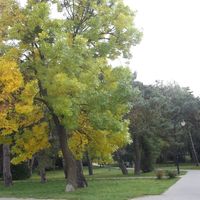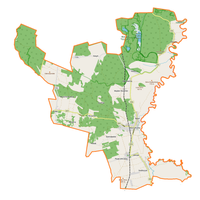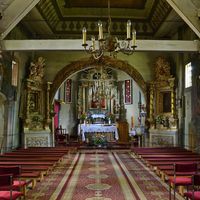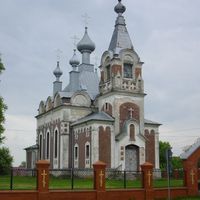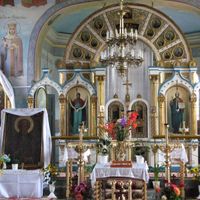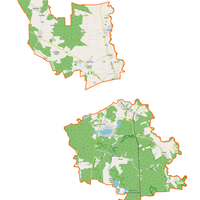Brest Polesie
6.5
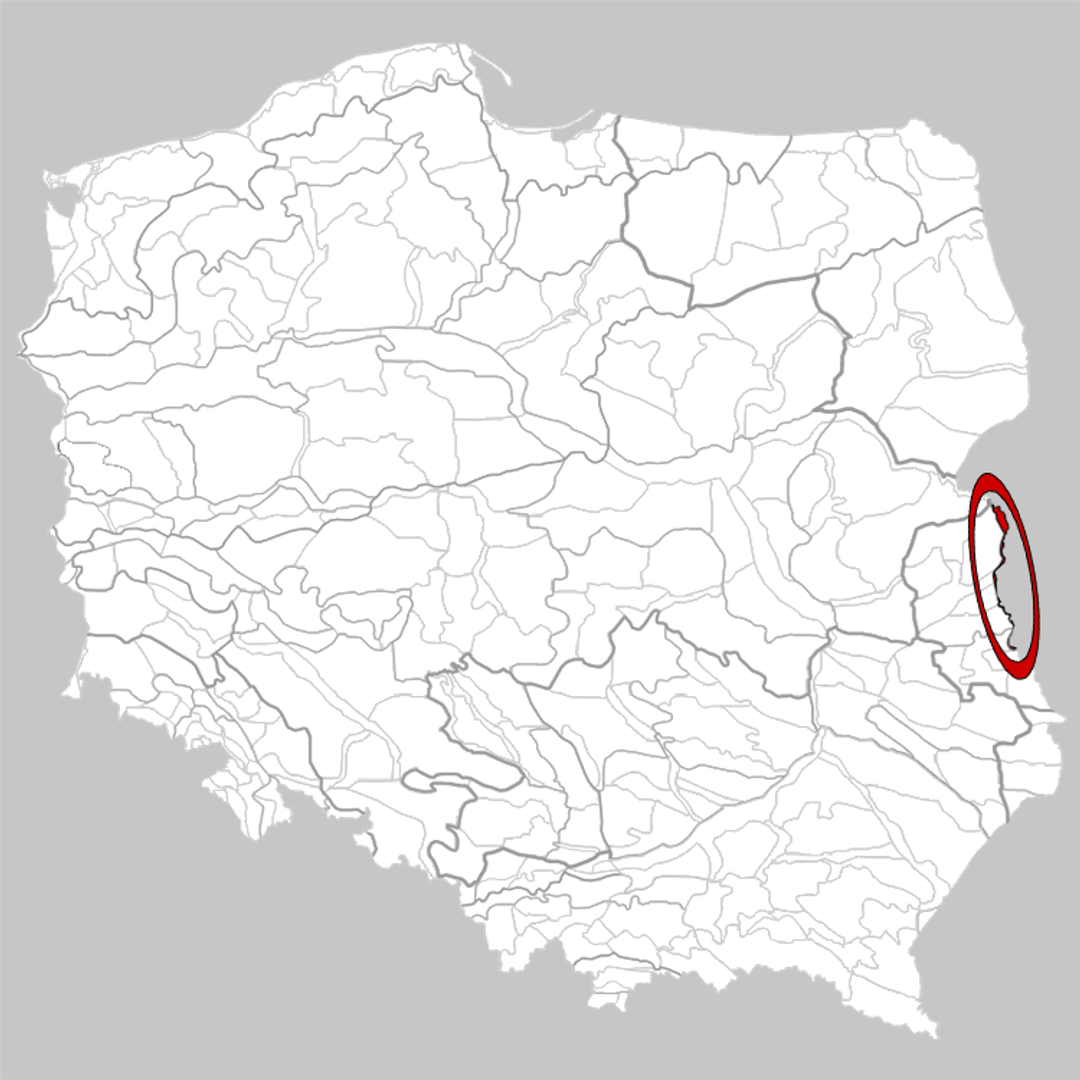
Overview
Polesie Brzeskie is a physical-geographical mesoregion spanning Belarus, Ukraine, and eastern Poland. In Poland, it forms a narrow strip along the Bug River valley, stretching from Wola Uhruska to Terespol, running alongside the Polish-Belarusian border. The region is characterized by a unique landscape, featuring vast wetland areas and rich flora and fauna, making it an attractive destination for ecologists and nature enthusiasts. The main towns in Polesie Brzeskie are Brest and Terespol, which hold not only local but also historical significance. Brest, a historic city, has played an important role in trade and communication, and its architecture combines various styles, reflecting the complex history of the region. In the area, one can find both historic Orthodox churches and examples of military architecture, such as the Brest Fortress from the early 20th century. The culture of Polesie Brzeskie is the result of Belarusian, Ukrainian, and Polish influences, which are manifested in numerous festivals, folk traditions, and artistic crafts. The region is known for its rich folkloric traditions, showcasing unique dances, songs, and folk art. Interestingly, Polesie Brzeskie is also home to many animal species, including rare waterbirds and protected mammals, making the area a destination for many nature enthusiasts and ornithologists. Additionally, Polesie Brzeskie is rich in local mythology and legends, adding color and depth to the regional identity. Despite its narrow geographical form, this region holds a wealth of cultural and natural treasures that attract tourists and researchers alike.
Location
You can also find here:
2025 Wizytor | All Rights Reserved

